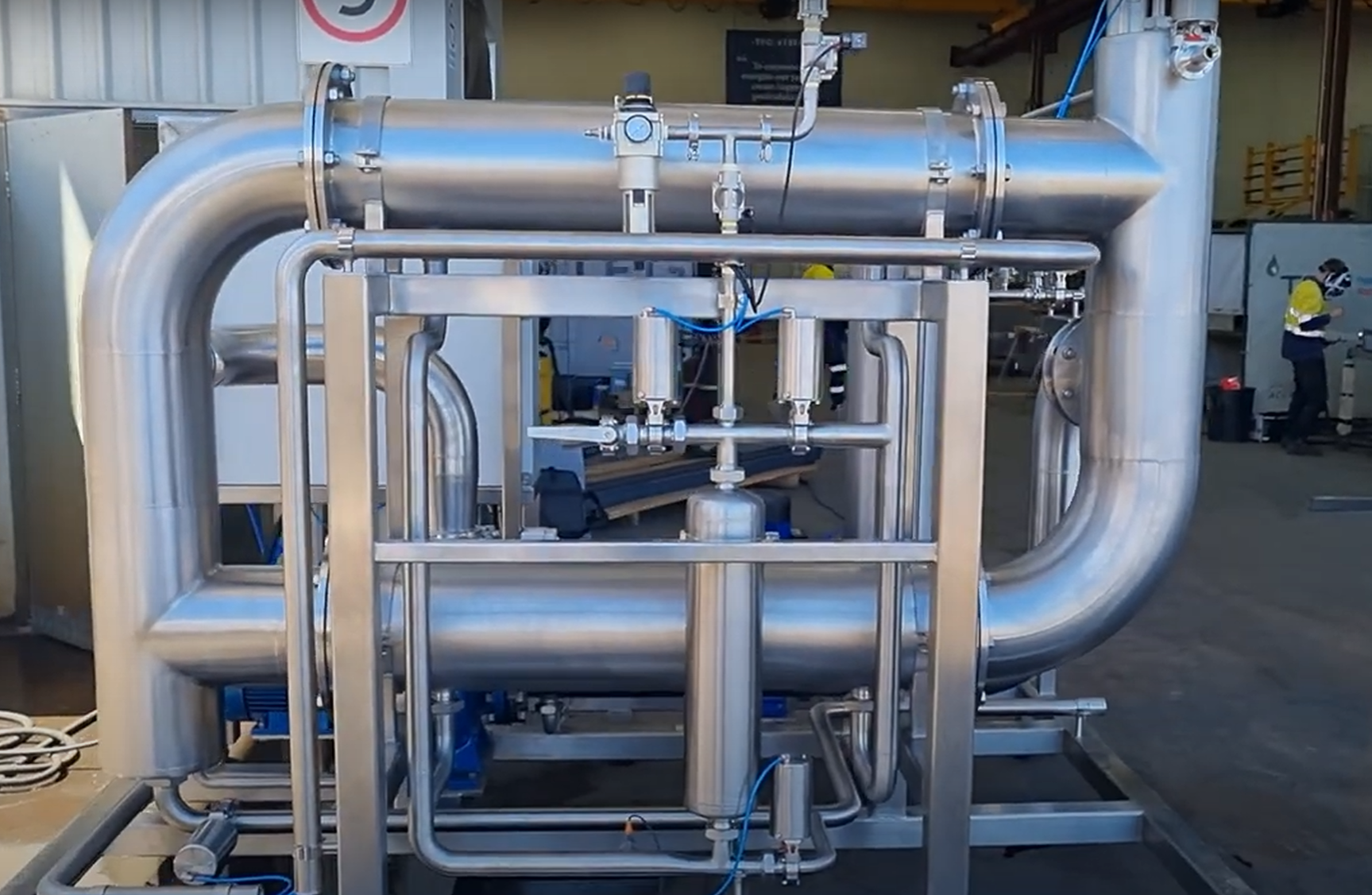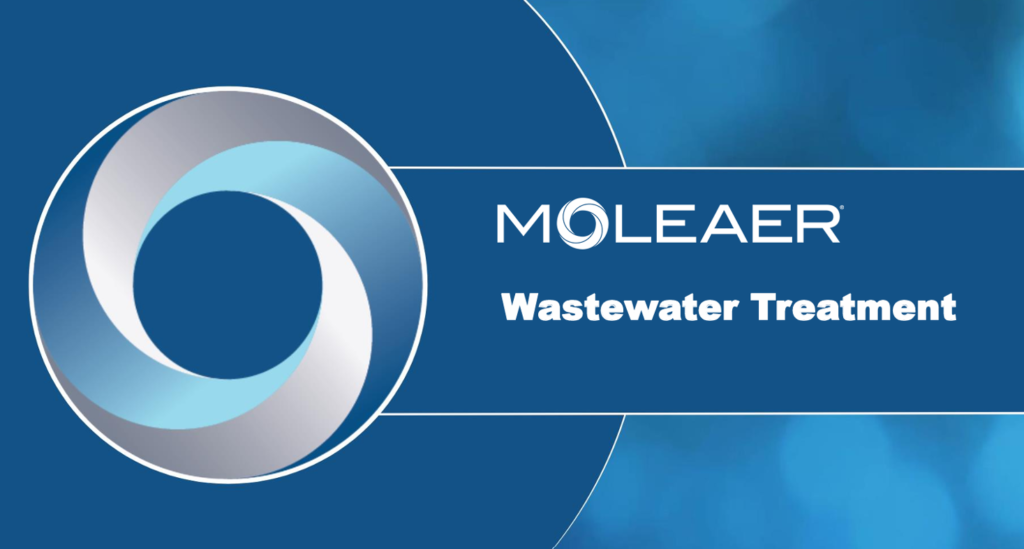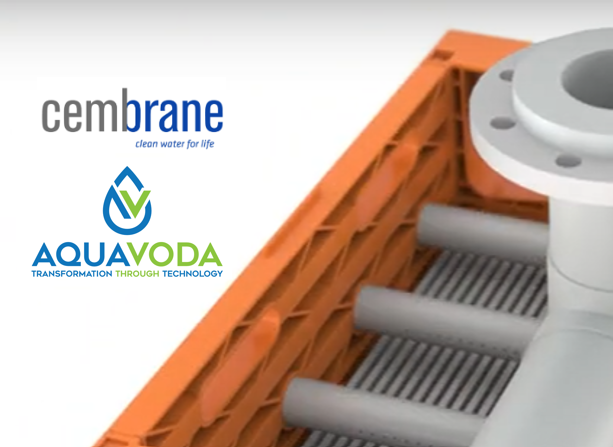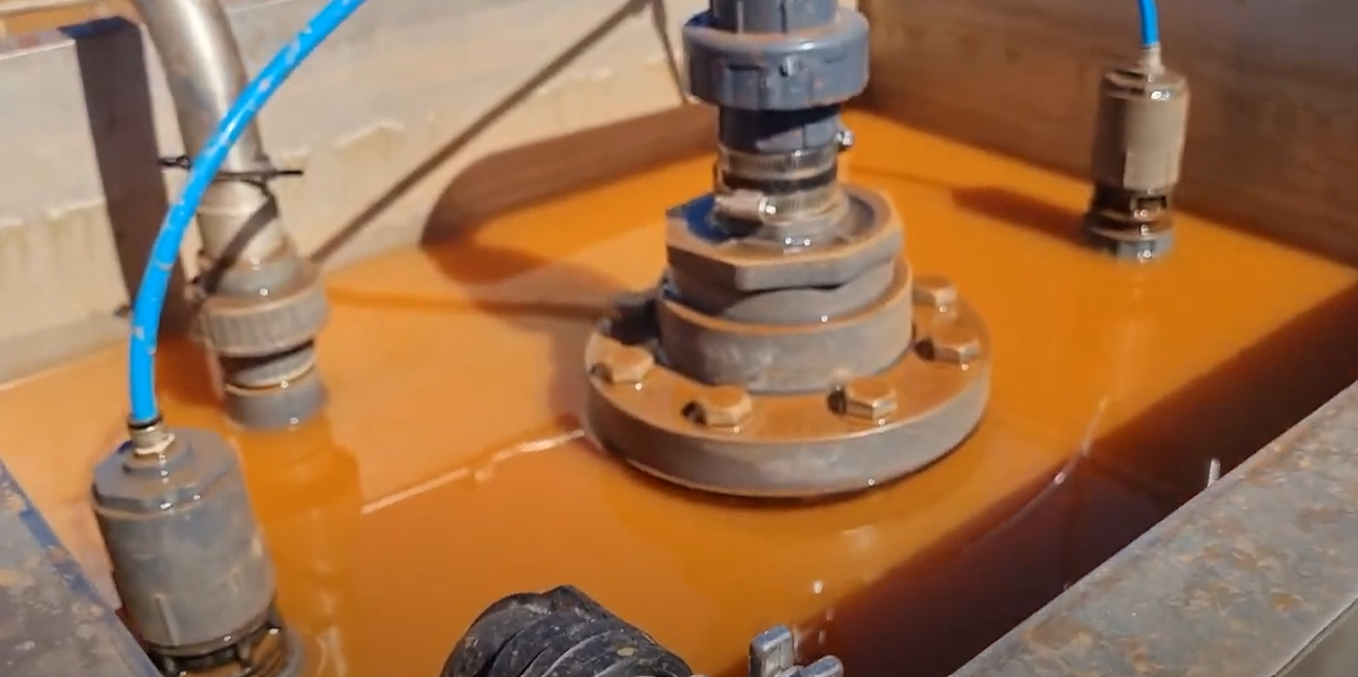
AquaVoda Develop New Silicon Carbide Membrane Skid
Fully designed and fabricated in Western Australia, this groundbreaking AquaVoda Silicon Carbide Membrane Skid has
Explore the incredible and exciting world of nanobubbles. A truly transformative technology providing breakthroughs in water and wastewater treatment.

Moleaer develops industrial-scale nanobubble technology that delivers extraordinary improvements in chemical-free water treatment, sustainable food production, and the recovery of natural resources.
Supercharge your DAF by introducing Moleaer nanobubbles. These nanobubbles with increase the lift or contaminants, increasing removal rates, particularly for fats, oils and grease. By introducing nanobubbles, you will also see drastic reductions in chemical consumption.
By introducing nanobubbles into a wastewater stream, Oxygen transfer rates are dramatically increased, thereby reducing the overall energy requirements for your plant. The Oxygen in nanobubbles is also readily accessible for bacteria, meaning less energy is needed to maintain DO levels.
With a warming climate, algae is presenting as more of an issue than ever before. With blooms arriving earlier, and staying longer, this is a serious concern for many of our clients. By using Oxygen or Ozone nanobubbles, the algae cells can be eliminated before they take hod, minimising the impact on downstream treatment processes.
The exact mechanism of nanobubbles on BOD/COD reduction is still debated, but the effects cannot be ignored. Whether it is through the provision of additional aeration for bacteria, the breaking down of inhibitory compounds or the oxidation of high molecular weight organics, BOD/COD values can be significantly reduced after the introduction of Moleaer nanobubbles.
Nanobubbles carry a negative charge and act as a natural coagulant for small particulate and organic material, bringing them together for easy removal by filtration. By making use of nanobubbles, inorganic coagulants can be reduced, or even eliminated from the treatment process.
Nanobubbles have a massive surface area relative to microbubbles and spread throughout the water column, even at depth. The more surface area, the more contact, allowing for increased oxidation without increasing oxidant dose rates.
Staying suspended and evenly distributed throughout the water body, nanobubbles have extremely high surface area, enabling hyper-efficient gas transfer.
With a negatively charged surface, nanobubbles attract contaminants whilst respelling each other in water.
With sizes under 100 nm, these nanobubbles allow gasses like Oxygen or Ozone to dissolve into liquids far more easily.
This allows nanobubbles to catalyse key physical, chemical and biological processes, enhancing reactions within the environment.
Nanobubbles repel water and attract positively charged species, thereby reducing inhibitory compounds and increasing gas transfer significantly.
Moleaer nanobubbles can stay active in water for days, even months, without breaking down.
Nanobubbles accelerate physical, chemical and biological processes occurring in diverse environments.
The smaller the bubble, the higher the internal pressure, and at < 100nm in size, nanobubbles have an extremely high internal pressure.

Fully designed and fabricated in Western Australia, this groundbreaking AquaVoda Silicon Carbide Membrane Skid has

AquaVoda and Cembrane are thrilled to announce an exclusive partnership, giving AquaVoda full responsibility for

AquaVoda and Amiad are partnering with major iron ore companies to tackle environmental challenges head-on
Let's work together
If you have a technology that can meet our selection criteria and are looking
for representation in Australia, New Zealand and/or the South Pacific Islands,
please get in
touch!
Contact details
Copyright 2025 AquaVoda Pty Ltd | ABN 62 101 084 771